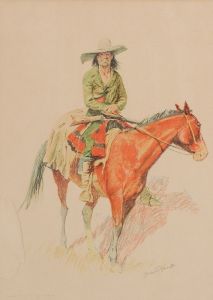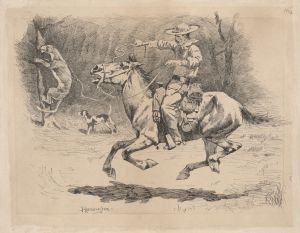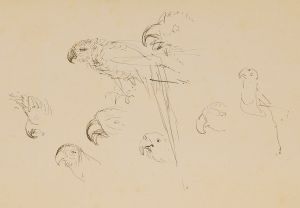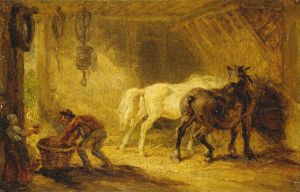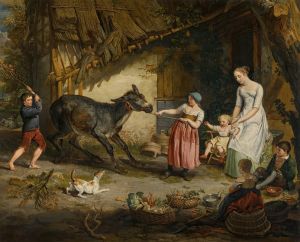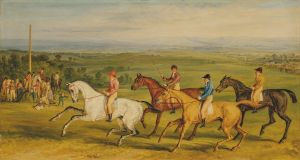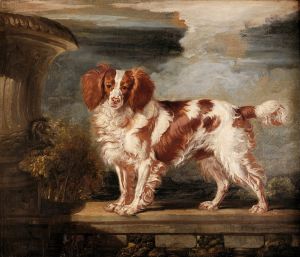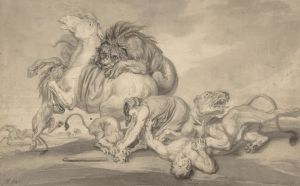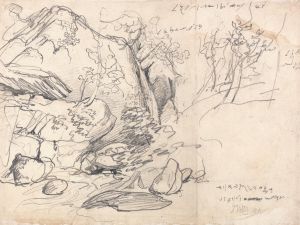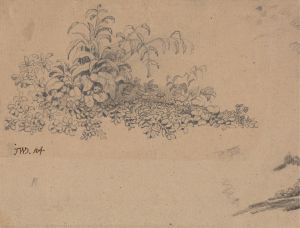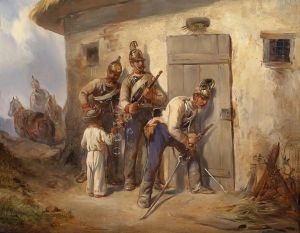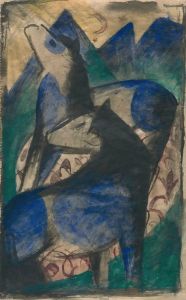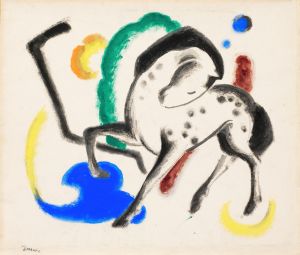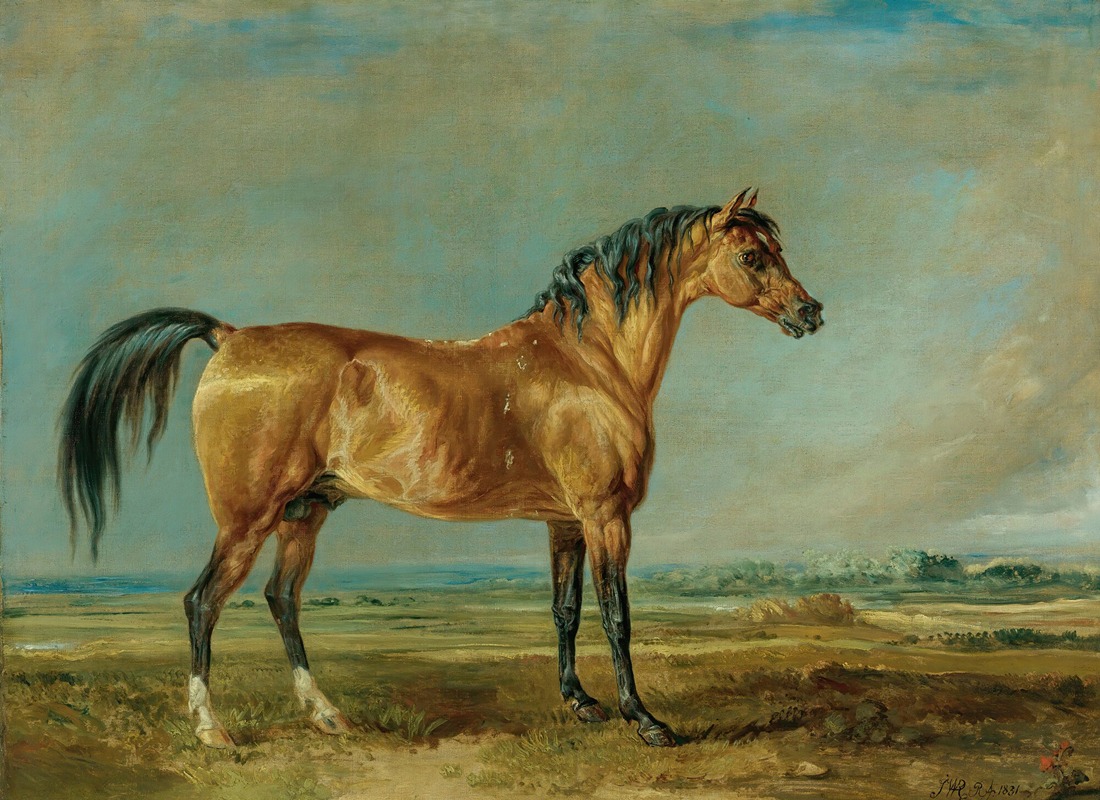
The Marquess Of Londonderry’s Arabian Stallion In A Landscape
A hand-painted replica of James Ward’s masterpiece The Marquess Of Londonderry’s Arabian Stallion In A Landscape, meticulously crafted by professional artists to capture the true essence of the original. Each piece is created with museum-quality canvas and rare mineral pigments, carefully painted by experienced artists with delicate brushstrokes and rich, layered colors to perfectly recreate the texture of the original artwork. Unlike machine-printed reproductions, this hand-painted version brings the painting to life, infused with the artist’s emotions and skill in every stroke. Whether for personal collection or home decoration, it instantly elevates the artistic atmosphere of any space.
James Ward's painting The Marquess of Londonderry’s Arabian Stallion in a Landscape is a notable work by the British artist, who was renowned for his animal paintings and landscapes during the late 18th and early 19th centuries. Created in 1814, the painting depicts an Arabian stallion, a breed highly prized for its beauty, endurance, and historical significance. The stallion is shown standing in a naturalistic landscape, exuding strength and elegance, which are characteristic of Ward’s ability to capture the physicality and spirit of animals.
James Ward (1769–1859) was a prominent figure in British art, celebrated for his mastery in portraying animals. He was influenced by the works of George Stubbs, another renowned animal painter, and developed his own distinctive style that combined meticulous attention to detail with dramatic compositions. Ward was an associate of the Royal Academy and later became a full academician, cementing his reputation as one of the leading animal painters of his time.
The painting was commissioned by Charles William Vane, 3rd Marquess of Londonderry (1778–1854), a British soldier, politician, and diplomat. The Marquess was known for his interest in horses, particularly Arabian breeds, which were considered symbols of status and refinement among the British aristocracy. The stallion featured in the painting is believed to have been part of the Marquess’s private collection, reflecting his passion for equestrian pursuits.
The composition of the painting places the stallion as the central focus, with the surrounding landscape serving to enhance its majesty. Ward’s use of light and shadow emphasizes the musculature and glossy coat of the horse, showcasing his technical skill and deep understanding of animal anatomy. The natural setting, with its soft, atmospheric background, provides a sense of tranquility and harmony, contrasting with the powerful presence of the stallion.
This work is an example of the Romantic movement in art, which often celebrated the beauty and power of nature and animals. Ward’s ability to imbue his subjects with a sense of individuality and vitality made him one of the most sought-after animal painters of his era.
The painting is currently held in a private collection, and its exact provenance and exhibition history are not extensively documented. However, it remains an important example of James Ward’s contribution to British art and his skill in portraying equine subjects.





